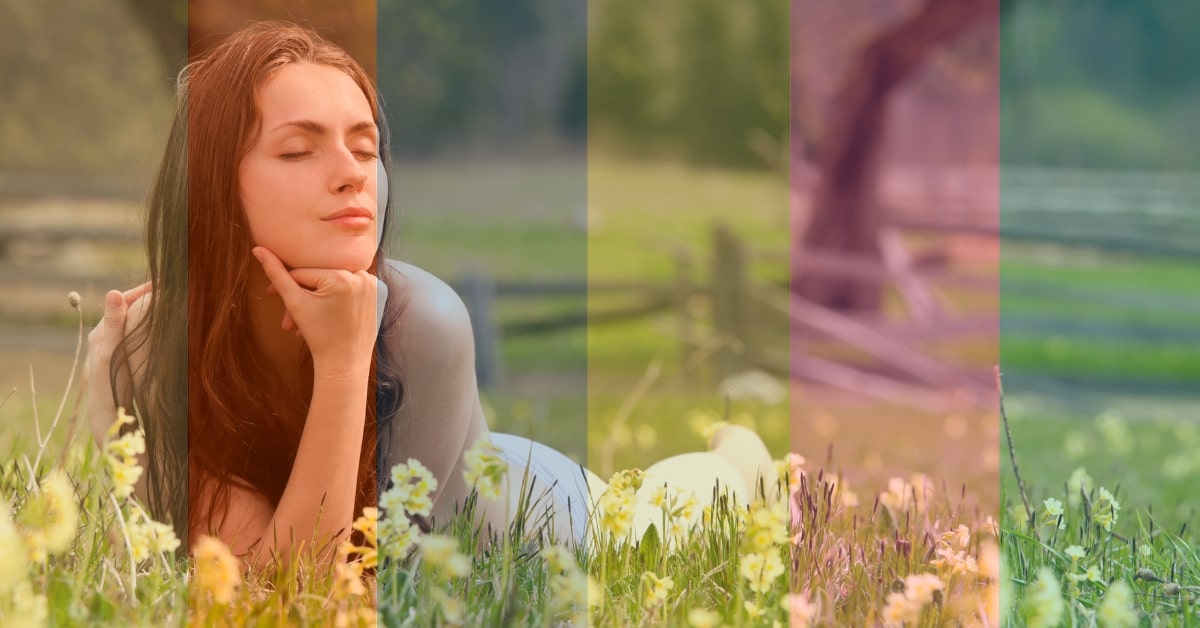In the realm of visual storytelling, color grading stands as a powerful tool, offering filmmakers, photographers, and content creators the ability to evoke emotions, set moods, and enhance the overall impact of their work. In this comprehensive guide, we’ll delve into the art and science of color grading, exploring its significance, techniques, and how it can elevate the visual aesthetics of your projects.
Understanding Color Grading
Color grading is the process of adjusting the colors in an image or video during photo editing to achieve a desired look or mood. It involves manipulating brightness, contrast, saturation, and the overall color balance to enhance the visual appeal and convey a specific atmosphere.
Significance of Color Grading
- Emotional Impact: Colors have a profound impact on emotions. Through color grading, creators can influence the viewer’s feelings, creating a more immersive and engaging experience.
- Visual Consistency: Color grading ensures visual consistency across a project, tying together scenes and shots to create a cohesive narrative.
- Enhanced Storytelling: By strategically applying color grading techniques, creators can emphasize key elements, guide the viewer’s focus, and enhance the overall storytelling.
- Establishing Genre and Tone: Different genres and tones demand specific color palettes. Color grading allows creators to establish the right mood for their narrative, be it the warmth of a romantic scene or the cool tones of a suspenseful moment.
Popular Color Grading Techniques
- Color Correction: Balancing and correcting colors to achieve a natural and realistic look.
- Color Grading Styles: Applying specific color schemes or styles to evoke a particular mood or atmosphere.
- Selective Color Grading: Focusing on specific colors or elements within a frame for emphasis.
- Contrast Adjustments: Enhancing the visual impact by adjusting the contrast between light and dark areas.
Top Tools for Color Grading
- Adobe Premiere Pro: A versatile video editing software with robust color grading features.
- DaVinci Resolve: A professional-grade color grading tool known for its advanced capabilities.
- Final Cut Pro X: Apple’s video editing software, offering powerful color grading tools for Mac users.
Conclusion
Color grading is a transformative process that goes beyond mere aesthetics, playing a pivotal role in conveying emotions, establishing atmosphere, and enhancing the overall storytelling experience. Whether you’re a filmmaker, photographer, or content creator, mastering the art of color grading opens up a world of creative possibilities, allowing you to captivate your audience and bring your visual narratives to life. Experiment, explore, and let the vibrant world of color grading be your canvas for storytelling excellence.
FAQs
Is color grading only for professional filmmakers?
No, color grading is a versatile technique used by both professionals and amateurs to enhance the visual appeal of their photos and videos.
Can color grading fix poorly shot footage?
While color grading can improve certain aspects, it is not a substitute for well-shot footage. It is essential to start with high-quality images or videos for the best results.
How do I choose the right color palette for my project?
Consider the mood and emotions you want to convey. Warm tones evoke coziness, while cool tones can create a sense of calm or mystery. Experiment and find a palette that complements your narrative.
Are there presets available for color grading?
Yes, many software applications and platforms offer pre-made presets that can serve as a starting point for your color grading process. However, customization is key for achieving a unique and tailored look.
This page was last edited on 22 February 2024, at 5:37 pm
